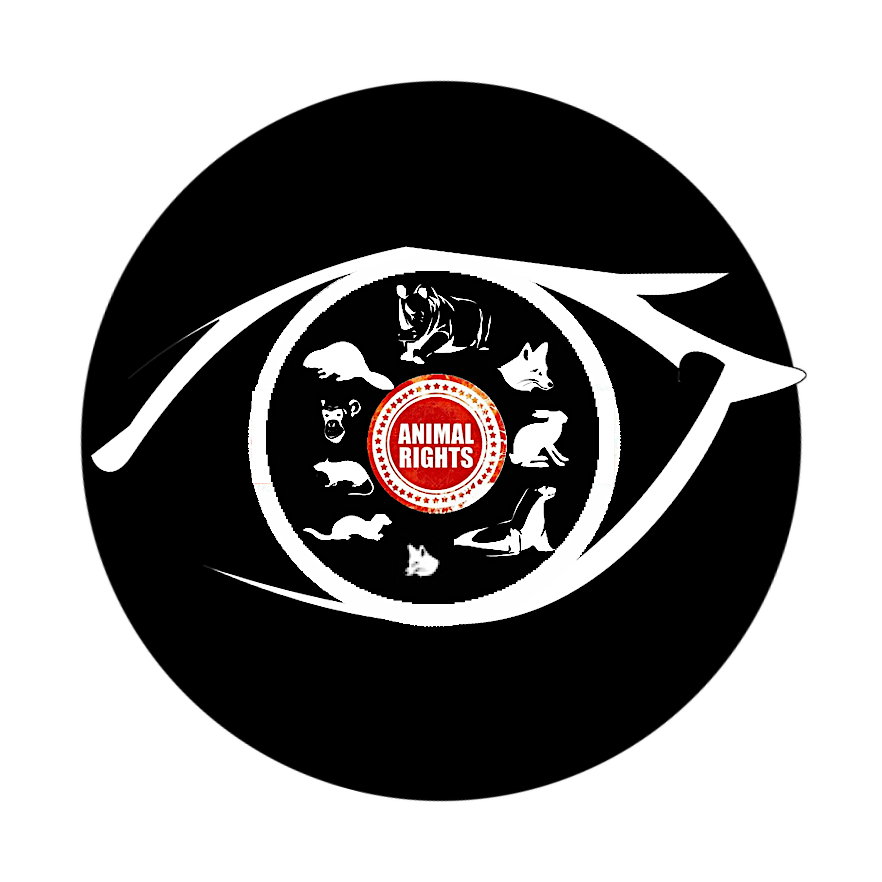THE ELEPHANT IN THE COURTROOM: The legal crusade to redefine personhood is raising profound questions
How are we to recalibrate our relationship with animals that live in complex societies and have a sense of themselves as individuals? The question becomes more urgent as the future of such species grows increasingly perilous. They are penned in, harassed and hunted, subjected to experiments, eaten, used in medicines.
LAWRENCE WRIGHT: According to the civil-law code of the state of New York, a writ of habeas corpus may be obtained by any “person” who has been illegally detained. In Bronx County, most such claims arrive on behalf of prisoners on Rikers Island. Habeas petitions are not often heard in court, which was only one reason that the case before New York Supreme Court Justice Alison Y. Tuitt—Nonhuman Rights Project v. James Breheny, et al.—was extraordinary. The subject of the petition was Happy, an Asian elephant in the Bronx Zoo. American law treats all animals as “things”—the same category as rocks or roller skates. However, if the Justice granted the habeas petition to move Happy from the zoo to a sanctuary, in the eyes of the law she would be a person. She would have rights.
Humanity seems to be edging toward a radical new accommodation with the animal kingdom. In 2013, the government of India banned the capture and confinement of dolphins and orcas, because cetaceans have been proved to be sensitive and highly intelligent, and “should be seen as ‘non-human persons’ ” with “their own specific rights.” The governments of Hungary, Costa Rica, and Chile, among others, have issued similar restrictions, and Finland went so far as to draft a Declaration of Rights for cetaceans. In Argentina, a judge ruled that an orangutan at the Buenos Aires Eco-Park, named Sandra, was a “nonhuman person” and entitled to freedom—which, in practical terms, meant being sent to a sanctuary in Florida.
The chief justice of the Islamabad High Court, in Pakistan, asserted that nonhuman animals have rights when he ordered the release of an elephant named Kaavan, along with other zoo animals, to sanctuaries; he even recommended the teaching of animal welfare in schools, as part of Islamic studies. In October, a U.S. court recognized a herd of hippopotamuses originally brought to Colombia by the drug lord Pablo Escobar as “interested persons” in a lawsuit that would prevent their extermination. The Parliament of the United Kingdom is currently weighing a bill, backed by Prime Minister Boris Johnson, that would consider the effect of government action on any sentient animal.
Although the immediate question before Justice Tuitt was the future of a solitary elephant, the case raised the broader question of whether animals represent the latest frontier in the expansion of rights in America — a progression marked by the end of slavery and by the adoption of women’s suffrage and gay marriage. These landmarks were the result of bitterly fought campaigns that evolved over many years. According to a Gallup poll in 2015, a third of Americans thought that animals should have the same rights as humans, compared with a quarter in 2008. But protecting animals in this way would have far-reaching consequences—among them, abandoning a centuries-old paradigm of animal-welfare laws…
In the past several decades, as the human population has doubled, the populations of animal species have declined by an average of nearly seventy per cent. Clearly, we need to contain our heedless rapacity. There is also a danger of becoming paralyzed by the scope of the change required. “We’re at the beginning of a big ethical awakening,” Martha Nussbaum, the philosopher, told me. “It’s only the beginning, because people are not really prepared to make sacrifices.” She advocates for vegetarianism, smaller families, and the end of the factory-meat industry.
How are we to recalibrate our relationship with animals that live in complex societies and have a sense of themselves as individuals? The question becomes more urgent as the future of such species grows increasingly perilous. They are penned in, harassed and hunted, subjected to experiments, eaten, used in medicines. Zoos and aquariums have certainly been part of the human exploitation of nature, but at this stage they can also act as a reservoir for creatures that have been forced out of their natural environments because of expanding human populations and climate change. Many animals live longer, and more securely, in sanctuaries and nature parks overtly managed by humans than in their bespoiled habitats. Focussing on the indignities of captive elephants or orcas can inadvertently divert attention from the much larger damage civilization has done to the natural world.
In this important dialogue, Happy’s voice is silent. No doubt, within the borders of her small pen in the Bronx Zoo, she is well cared for. And she may be exceptional in having a sense of self, which adds to the tragedy of her circumstance. Happy has become both a symbol and a pawn—in the contest between advocates of animal rights and advocates of animal welfare, and in the contest between humans and animals to fulfill their capabilities. “There will be conflicts which we have to arbitrate,” Nussbaum told me. “We think that, because we found ourselves on this globe, we have a right to use it for our own sustenance. Animals have the same claim. They, too, didn’t choose to be where they are.”
Joyce Poole observes that what elephants really need is something we can’t give them: freedom. “All we can do is give them more space,” she told me. The sanctuaries that would adopt Happy are an “imperfect solution,” perhaps, but a fair compromise. And a sanctuary would at least allow Happy to rediscover some of her elephant capabilities. As Poole put it, “If we can’t save elephants, what can we save?” SOURCE…
RELATED VIDEOS:

